Premium Only Content
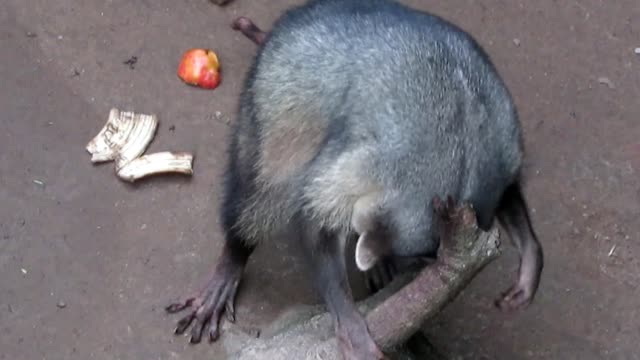
Rescued raccoon has peculiar way of scratching itself
This funny Crab-eating Raccoon has neurological problems and had to be rescued. She is monitored by a veterinary and receives really good care. She might have an odd appearance and behavior, but we must agree that she has a very captivating way of scratching her head!
In reality, rubbing the posterior part of the neck against objects is a form of territorial marking in this species. The marking is done using vertical or rotating movements of the head. And as it can be observed in the video, glandular secretions, usually from their anal glands, are also used for marking, as well as urine and feces.
Crab-eating Raccoons (Procyon cancrivorus), also known as South American Raccoons, are native to South and Central America. They inhabit marshy and jungle areas, and feed mostly on crabs, lobsters, crayfish and other crustaceans and shellfish, such as oysters and clams, but being omnivorous, they also eat fruit, turtle eggs and small amphibians. They are about the same size as common raccoons, in spite of looking smaller, due to its much shorter fur. Although it is naturally rare in some of the areas of its range, and unlike its Northern cousin, it doesn't adapt well to human activity, the species is listed as Least Concern, because it has a wide distribution range.
They are nocturnal, solitary, and active at ground level. They have well-developed tactile senses, particularly in the nose and hands, using their hands as tools. They use their hands to handle and manipulate food before placing it in their mouths, and can manipulate small prey items. They can also be observed dipping their food in the water before eating it. Some studies have placed raccoons' intelligence above cats' but below primates', when it comes to discriminate objects. They also showed that raccoons can learn quickly and retain knowledge for up to a year. Female distribution is limited by resources such as water, food, and den sites, whereas males might be driven by the densities and spatial distribution of females. They have excellent nighttime vision, in spite of being color blind, and have 13 different vocalizations recognized so far, 7 of which are between the mother and young.
-
 0:43
0:43
NataliaCara
2 years agoIt's dinner time for this rescued immature Southern Elephant Seal
4261 -
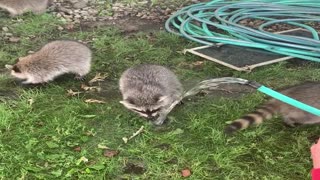 0:28
0:28
ViralHog
4 years ago $0.21 earnedRescued Raccoon Pups Learn to Wash Up
965 -
 1:00
1:00
ViralHog
4 years ago $1.50 earnedPet Raccoon Enjoys Baby Swing
3.47K8 -
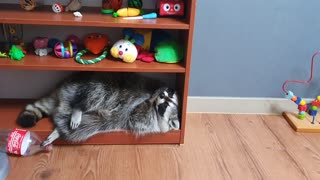 0:48
0:48
Buri0416_raccoon
4 years agoPet raccoon decides to nap on uncomfortable bookshelf
77.3K1 -
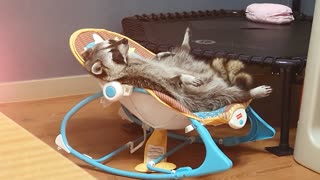 0:19
0:19
Buri0416_raccoon
4 years agoMost relaxed raccoon ever lounges in baby seat
9.81K25 -
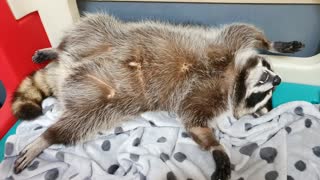 0:13
0:13
Buri0416_raccoon
4 years agoPet raccoon caught sleeping in hilariously awkward position
6.83K15 -
 0:15
0:15
Buri0416_raccoon
4 years agoIs this the most pampered pet raccoon ever?
13.3K37 -
 0:10
0:10
Buri0416_raccoon
4 years agoPet raccoon finds creative way to go down the stairs
3.67K2 -
 1:41
1:41
Buri0416_raccoon
4 years agoPet raccoon dozes off in baby swing
248K45 -
 2:00
2:00
Buri0416_raccoon
4 years agoPet Raccoon Chills Out In A Baby Swing
10.1K10